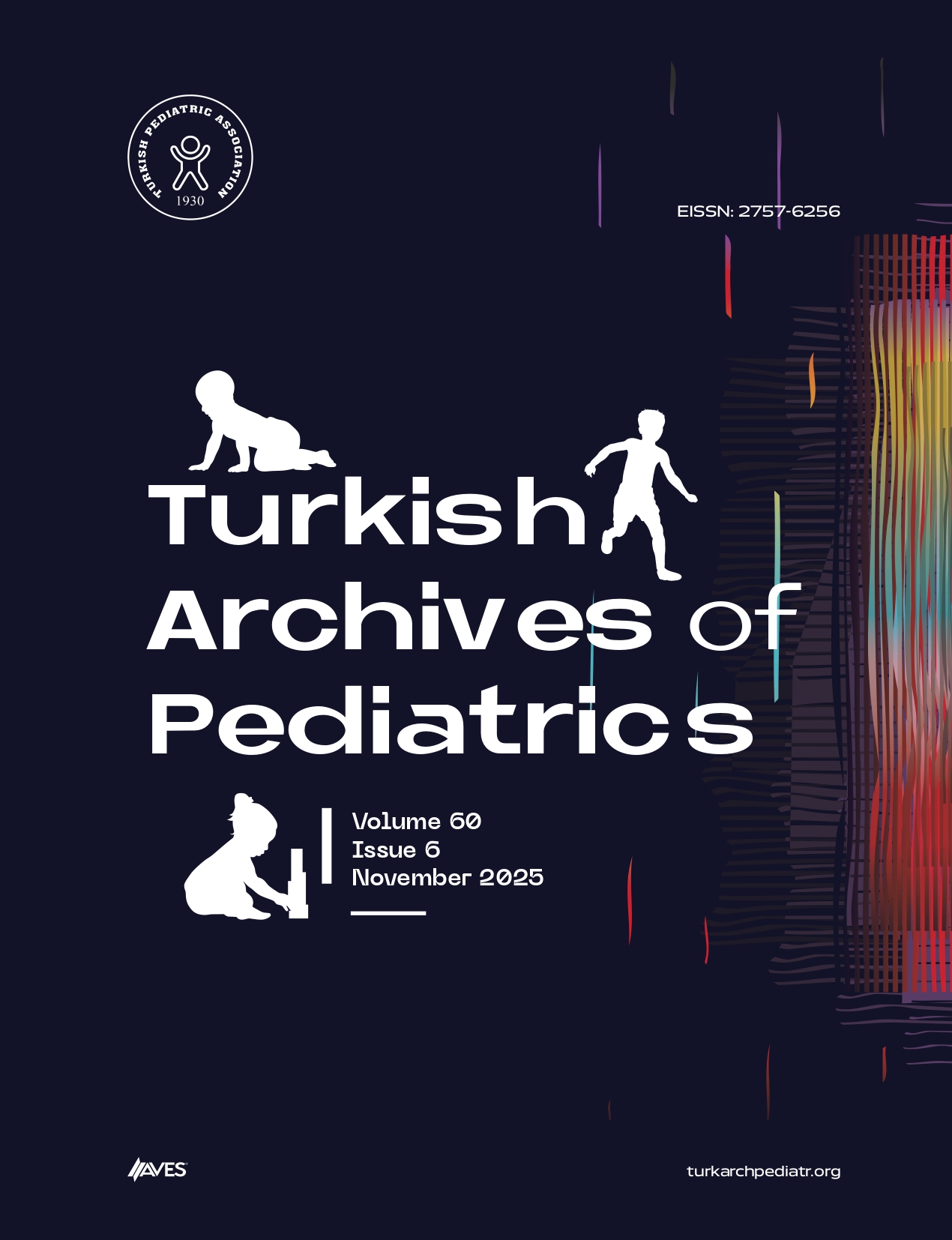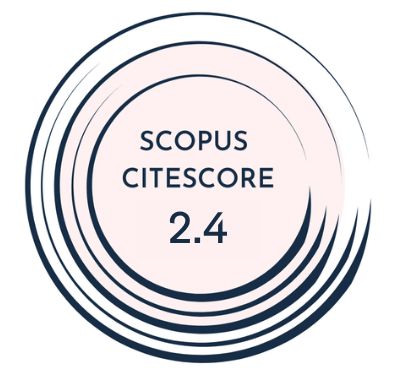Objective: To identify the feasibility of achieving the childhood definition of remission, investigate factors affecting achievement and determine the concordance rate with adult definition in children with systemic lupus erythematosus (SLE).
Materials and Methods: Medical records of children diagnosed with SLE between 2012 and 2022 were reviewed. The Definitions of Remission in Systemic Lupus Erythematosus (DORIS) definition of remission was used as the adult definition of remission, and a lower glucocorticoid threshold, as proposed, was used for children weighing <50 kg. Cox regression analysis was performed to identify features associated with remission.
Results: Among the 50 included patients, 35 (70%) achieved the adult definition of remission in a median of 16 months. While 33 (66%) patients achieved the childhood definition of remission, 25 (76%) achieved both definitions concomitantly. A lower rate of damage (15.2% vs. 52.9%, P= .008) and flare count (median 1 vs. 2, P=.001) were observed in patients with remission despite significantly longer follow-up duration (median 59 months vs. 32 months, P=.007). Survival analysis revealed that the presence of positive anti-dsDNA antibodies (hazard ratio [HR], 0.47; P=.035) and immunosuppressive usage (HR: 0.45, P =.032) were associated with a higher risk of not achieving remission.
Conclusion: Childhood definition of remission is achievable in two-thirds of children with SLE and displays substantial concordance with the adult definition. Additionally, the higher risk of failure to achieve remission in children using immunosuppressants reflects a milder course in a subgroup of children who achieved remission and signifies the need for more efficacious treatment modalities for severe manifestations.
Cite this article as: Kisaoglu H, Baba O, Kalyoncu M. Achievement and features associated with childhood definition of remission in juvenile-onset systemic lupus erythematosus. Turk Arch Pediatr. 2025;60(4):398-403.



.png)

